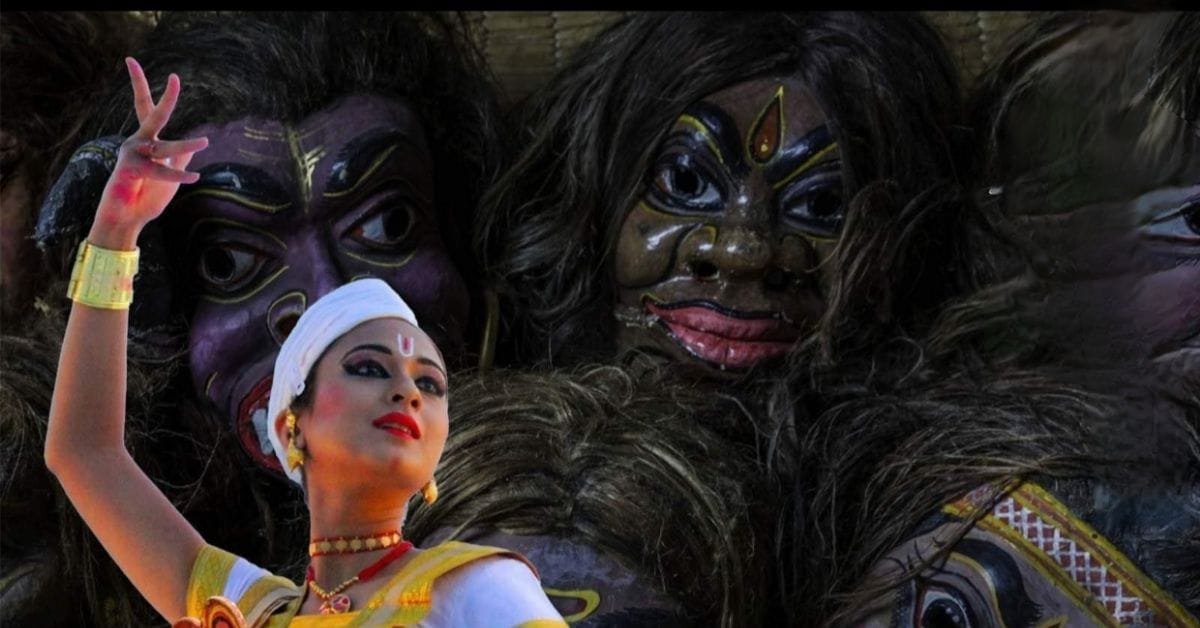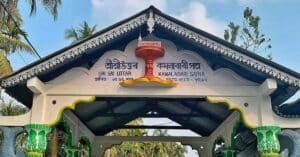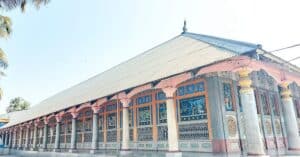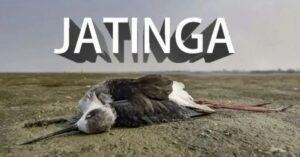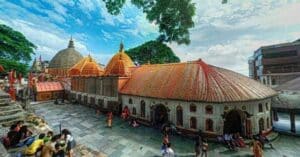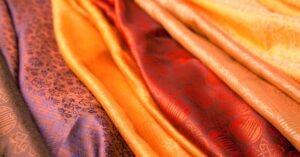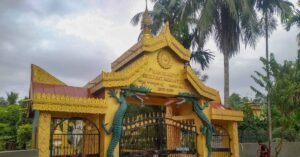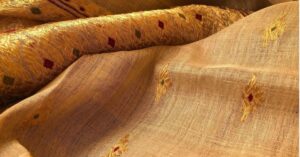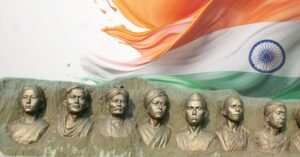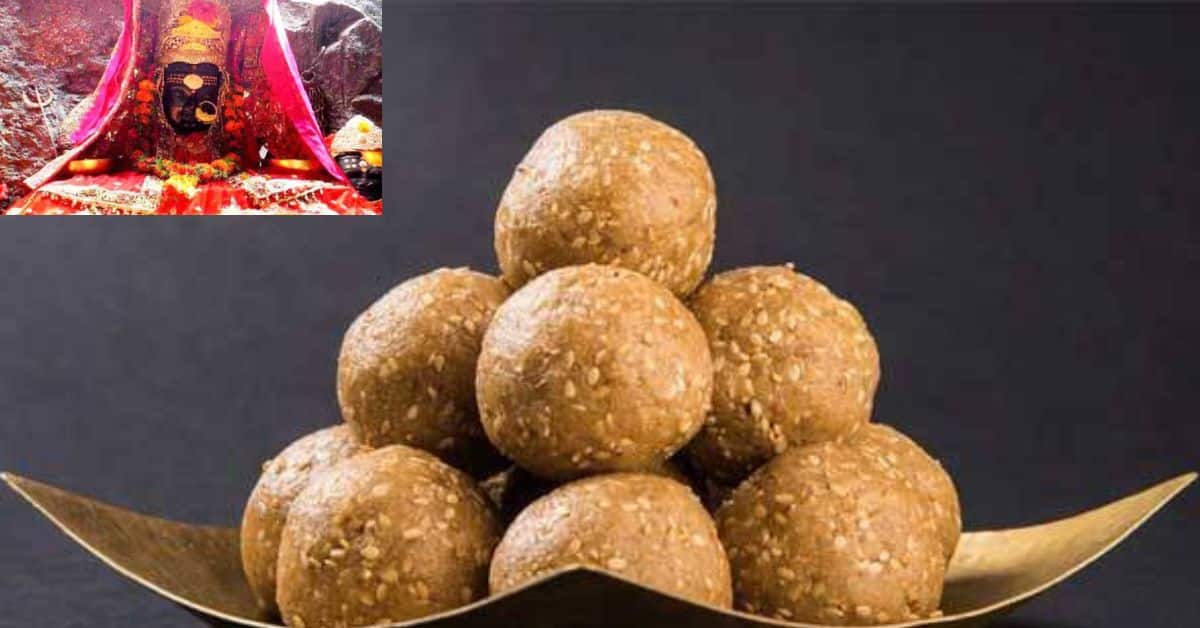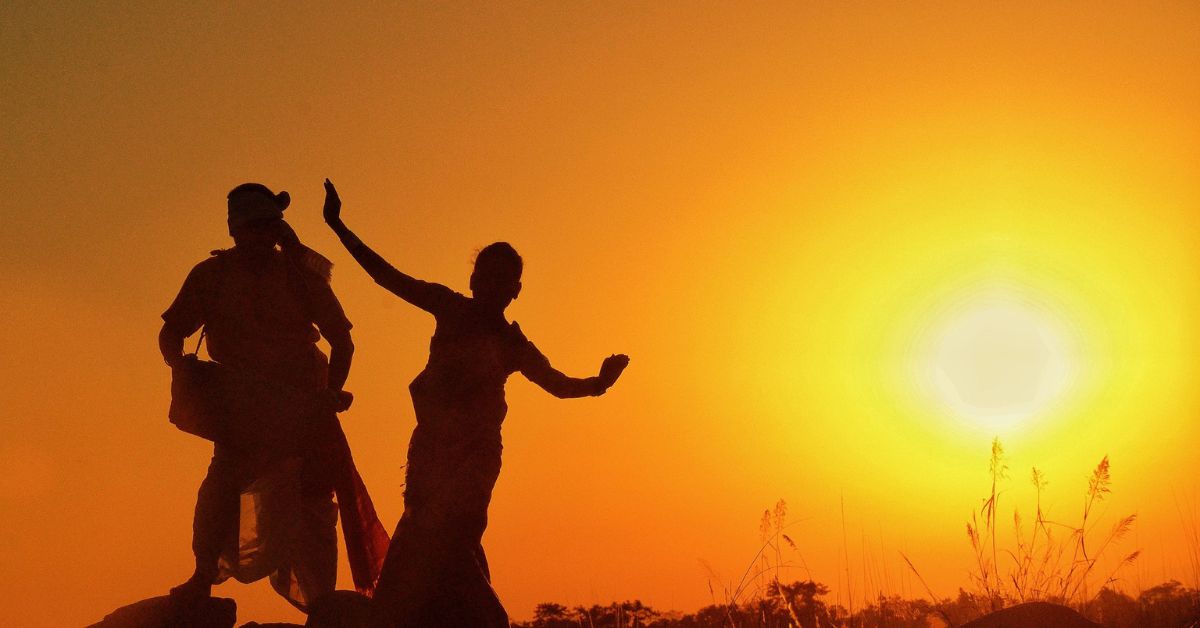Sattriya dance of Assam (Assamese: সত্ৰীয়া নৃত্য) holds a significant place in India’s rich cultural heritage. Rooted in the devotional practices of the region, Sattriya was traditionally performed by monks in the Sattras, or monasteries, as a means of worship and storytelling. Over time, the Sattriya dance of Assam evolved from a holy ritual to a refined art form, gaining recognition as one of India’s eight classical dance forms. In this blog, we will discuss various aspects of Sattriya dance: its origin, development, types of Sattriya dance, dress, jewellery & instruments used in this dance,
Origin and Development of Sattriya Dance of Assam
In the late fifteenth century, Mahapurush Srimanta Sankaradeva introduced Ekasarana Dharma in Assam. This Ekasarana Dharma was a part of the larger Neo-Vaishnavism movement that was prevalent in India during that period. In order to promote neo-vaishnavism, Sankardeva used various media and art forms includes songs, dances, instruments, dramas, poems, books, etc. And the Sattriya dance of Assam was one of such art forms.
Mahapurusha Sankaradeva can be called the creator of the Sattriya dance genre. He gave birth to this dance genre through Ankiya Nat Bhaona (Bhaona means plays in Assamese). In the medieval period, where common masses were illiterate, it was impossible for common people to grasp religious texts written in Sanskrit or Brajavali. Srimanta Sankaradeva decided to use Ankiya Nat Bhaona for religious storytelling. The performance of Ankiya Nat Bahona is an amalgamation of music, dance, and visual art. Read more about Ankiya Nat Bahona of Assam in this blog. The dance performed during these plays later became a different art form known commonly as Sattriya dance.
Was it a completely new form of Dance?
Even before Sankardeva started to promote neo-vaishnavite religion, there were various kinds of dances prevalent in Assam such as Puppet dance, Devadasi dance, Deodhani dance, Ojapali etc. Sankardeva borrowed some resources and concepts from these traditional dance forms and mixed with his knowledge of the scriptures to create a beautiful religious storyline.
Later, his disciples and followers contributed immensely to the enrichment of this dance form in the later centuries. It is to be noted that Sankardeva confined Sattriya dance to the ambit of Ankiya Nat Bhaona. During his age, the sattriya dance was performed as a part of the plays, not independently. Madhadeva, a famous disciple of Sankardeva, did not confine this dance form to Ankiya Nat-Bhaona but created an independent dance with his creative talent.
Apart from Madhavdeva, many other intellectuals and devotees like Ramcharan Thakur, Gopal Ata, Dwij Bhushan etc. enriched the genre of Sattriya dance with their unique contributions.
Later Development of Sattriya Dance of Assam
Gradually, women began to participate in the Sattriya dance form from the late 19th century. Earlier, it was was performed only by men. From 20th century onwards, changes were made in the performance methods and costumes of this dance form to make it suitable for the stage as a performing art. The National Academy of Music and Drama recognized Sattriya dance as a classical dance on 15 November , 2005. Currently, there are many different types of Sattriya dance forms available in the country.
Reason behind the name “Sattriya”
During the era of Sankardeva and his disciple, sattras (monasteries linked with Ekasarana Dharma) were established to propagate the faith. Ankiya Naat Bhaona (plays) were performed in these sattras by bhokots (monks). This led to a significant influx of people to the sattras. Over time, the dance featured in these performances became closely associated with the sattra institution, earning the name “Sattriya”.
Costumes and Ornaments of Sattriya Dance
As we said earlier, the Sattriya dance of Assam was traditionally confined to the satras. From 1950 onwards, the dance began to be performed as a performing art in commercial stages and auditoriums. As a result, changes were made in costumes and ornaments of Satriya dance to make it suitable in the stages.
So, the costume and ornaments depend on the platform (satra/stage/kirtan ghar/auditorium) on which the dance is being performed. On the other hand, costumes vary from one satra to other Satra. There are stark difference between costumes used in satras of Barpeta and that in satras of Majuli. However, we will only discuss the general attires worn by artists while performing the Sattriya dance of Assam.
Traditional Costume (used in Satras)
The artists (mostly men) wear yellow colored dhuti or dhoti, short-sleeved black or blue shirt (বুকুচোলা- in assamese it is called Buku-chola) and Kanchi (কাঞ্চি) in the waist. It is customary to wear a mukut (crown) which is made up of silk. The artists also wear various kinds of traditional assamese jewellery such as gems around their necks, garlands, gems, four-leaf arrows in their hands (বাজু-Baju), earrings in their ears, beads on their feet (নূপুৰ Nupur), etc.
Modern Costumes (used on Stage)
The attire of Sattriya dance of Assam, when not performed within the premises of Satras, can be liberal. Many a times the dresses are chosen according to the environment and the audience. Fabrics used in the attire of Sattriya dance are various types of Assam silk, cotton, jute based fabric etc.
The male costume comprising the “dhoti”, “chadar/seleng” & “paguri” (turban). The male dancers wear dhoti made of either cotton or silk. The use of seleng (square or rectangular shaped cloth worn over upper body and shoulder) is a must.It is generally made of silk. But, cotton is also used now a days.
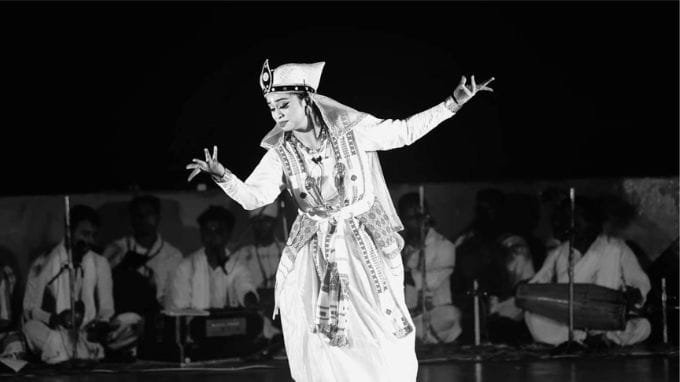
The female costume comprising the “ghuri” , “Chadar” and “Kanchi” ( waist cloth). Sometimes, veils on their heads are also used according to situation and requirement.s The females use junuka on their feet. They wear earrings and mata moni (a kind of Assamese jewellery) around their necks.

